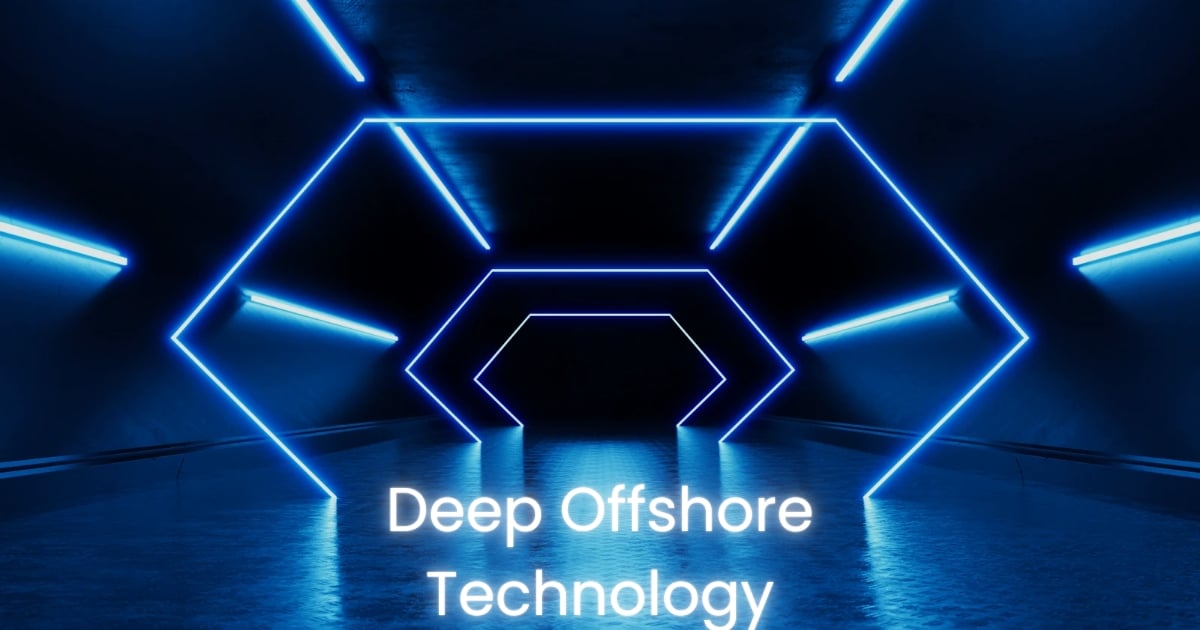Explore the latest innovations in deep offshore technology driving the future of marine exploration, enhancing efficiency and safety.
Introduction to Deep Offshore Technology
Evolution of Offshore Technology
Offshore technology started with basic drilling platforms and has now grown into advanced deep-sea operations. This progress is driven by the need to reach resources in deeper waters and tougher environments.
Importance of Deep Offshore Technology
Deep offshore technology is key for exploring and extracting underwater resources. It supports the global demand for energy, minerals, and other resources while aiming to reduce environmental impact.
Challenges in Deep Offshore Operations
Operating in deep waters is tough. There are high pressures, low temperatures, and many logistical issues. Solving these problems requires innovative technology and advanced engineering.
Innovations in Subsea Robotics
Autonomous Underwater Vehicles (AUVs)
AUVs are changing underwater exploration. These unmanned vehicles can work on their personal, mapping the seafloor, examining pipelines, and gathering facts with out human help.
Remotely Operated Vehicles (ROVs)
ROVs are robots managed from a surface deliver. They have cameras, sensors, and equipment, letting them carry out particular tasks at terrific depths, like repairing device and gathering samples.
Hybrid Remotely Operated Vehicles (HROVs)
HROVs integrate functions of AUVs and ROVs, presenting both self sustaining and remote manage. This flexibility makes them ideal for complex missions requiring both facts series and actual-time intervention.
Advanced Drilling Techniques
Deepwater Drilling Rigs
Modern deepwater drilling rigs can operate in water deeper than 3,000 meters. These rigs use advanced positioning systems and drilling equipment to stay stable and accurate.
Managed Pressure Drilling (MPD)
MPD technology improves safety and efficiency by controlling the pressure in the wellbore. This reduces the risks of blowouts and allows for drilling in difficult formations.
Extended Reach Drilling (ERD)
ERD lets wells be drilled with longer horizontal sections. This technique maximizes resource extraction from a single well, cutting down on environmental impact and costs.
Innovations in Offshore Platforms
Floating Production Storage and Offloading (FPSO) Units
FPSO units are vessels used to process and store oil and gas. They are flexible, can be used in various locations, and can be moved when a field is no longer productive.
Tension Leg Platforms (TLPs)
TLPs are anchored to the seabed with vertical tendons, providing stability in deep waters. They are designed to handle harsh ocean conditions and support heavy equipment and operations.
Spar Platforms
Spar platforms have a cylindrical hull that extends deep into the water, providing excellent stability. They are suitable for ultra-deepwater drilling and production, withstanding harsh conditions.
Environmental and Safety Considerations
Environmental Impact Assessments (EIAs)
EIAs compare the capacity environmental affects of offshore projects. These assessments ensure that operations are designed to decrease harm to marine ecosystems.
Spill Response Technologies
In the occasion of an oil spill, speedy reaction is vital. Technologies like containment booms, skimmers, and chemical dispersants help mitigate the impact of spills and guard marine lifestyles.
Safety Innovations
Safety is critical in offshore operations. Innovations together with blowout preventers, real-time tracking systems, and emergency reaction protocols enhance the protection of employees and the environment.
Future Trends in Deep Offshore Technology
Digitalization and Data Analytics
Digital technology and facts analytics are reworking offshore operations. Real-time data from sensors and device are analyzed to optimize overall performance, are expecting preservation needs, and enhance decision-making.
Renewable Energy Integration
Integrating renewable electricity resources, like offshore wind and wave energy, is a growing fashion. These technology complement conventional offshore oil and fuel operations, decreasing carbon footprints.
Autonomous Offshore Operations
The future of offshore operations is transferring towards extra autonomy. Advanced robotics, AI, and gadget getting to know allow greater green, secure, and value-effective operations, decreasing the want for human presence in hazardous environments.
Conclusion
Deep offshore technology is main the way in marine exploration and useful resource extraction. Innovations in subsea robotics, superior drilling techniques, and offshore structures are driving the enterprise ahead. Environmental and safety considerations continue to be top priorities, ensuring sustainable operations. The destiny holds exciting possibilities with the integration of digital technology and renewable electricity. As the call for for deep-sea assets grows, the continuing development of deep offshore era can be crucial in assembly worldwide electricity and useful resource wishes while protecting our oceans.

